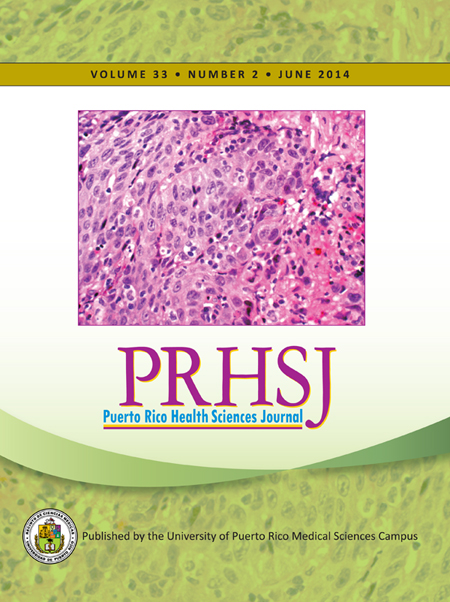Abstract
Objective: Physical activity has been found to have a positive effect on the clinical outcomes of patients with chronic diseases, including end-stage renal disease (ESRD). The purpose of this study was to describe end-stage renal disease patients on hemodialysis and describe, as well, their physical activity levels. Methods: Participants were recruited from the renal unit of Hospital Universitario in San Juan. The variables of interest were 1) socio-demographic and health status information and 2) physical activity levels and patterns. Results: Thirty-one participants with end-stage renal disease completed the questionnaires (17 men and 14 women). The average age of the participants was 54+17 years. Eighty-seven percent (87%) answered that they were not active before beginning hemodialysis treatment. Only 4 patients were employed. These four patients performed activities of moderate intensity ranging from 0 to 2267 MET-mins/week. Nineteen participants reported that they performed a variety of household chores. Home physical activity scores consisted of an average of 1025+1856 MET-mins/week (median 200 MET-mins/week). The total physical activity energy expenditure in leisure-time activities was an average of 111+167 MET-mins/week. The average total physical activity for all the categories from the IPAQ was an average of 1688+2250 MET-mins/week (median 544 MET-mins/week). They sat for about 454+293 minutes per day (approximately 7.5 hours daily). A Spearman’s correlation test found there to be a significant inverse relationship between total physical activity energy expenditure and years in hemodialysis treatment, regardless of age (p = -0.301; p<0.05). Conclusion: In this study, the author describes the physical inactivity in a group of ESRD patients receiving hemodialysis and the significant physical activity variability among them. Moreover, those participants who had been on hemodialysis the longest tended to be the most sedentary, regardless of age. Therefore, it is important to raise awareness, educate and assess, and, if warranted, recommend physical activity to chronic kidney disease patients, including those with end-stage renal disease who are receiving hemodialysis.
Authors who publish with this journal agree to the following terms:
a. Authors retain copyright and grant the journal right of first publication with the work simultaneously licensed under a Creative Commons Attribution License that allows others to share the work with an acknowledgement of the work's authorship and initial publication in this journal.
b. Authors are able to enter into separate, additional contractual arrangements for the non-exclusive distribution of the journal's published version of the work (e.g., post it to an institutional repository or publish it in a book), with an acknowledgement of its initial publication in this journal.
c. Authors are permitted and encouraged to post their work online (e.g., in institutional repositories or on their website) prior to and during the submission process, as it can lead to productive exchanges, as well as earlier and greater citation of published work (See The Effect of Open Access).
